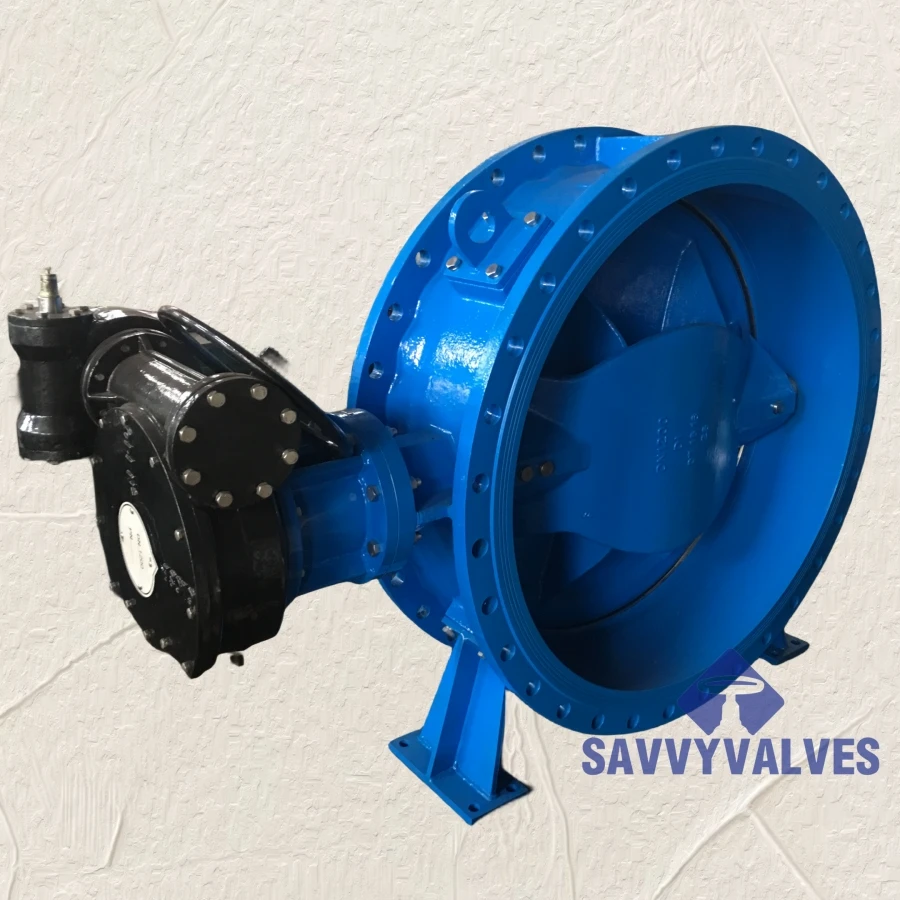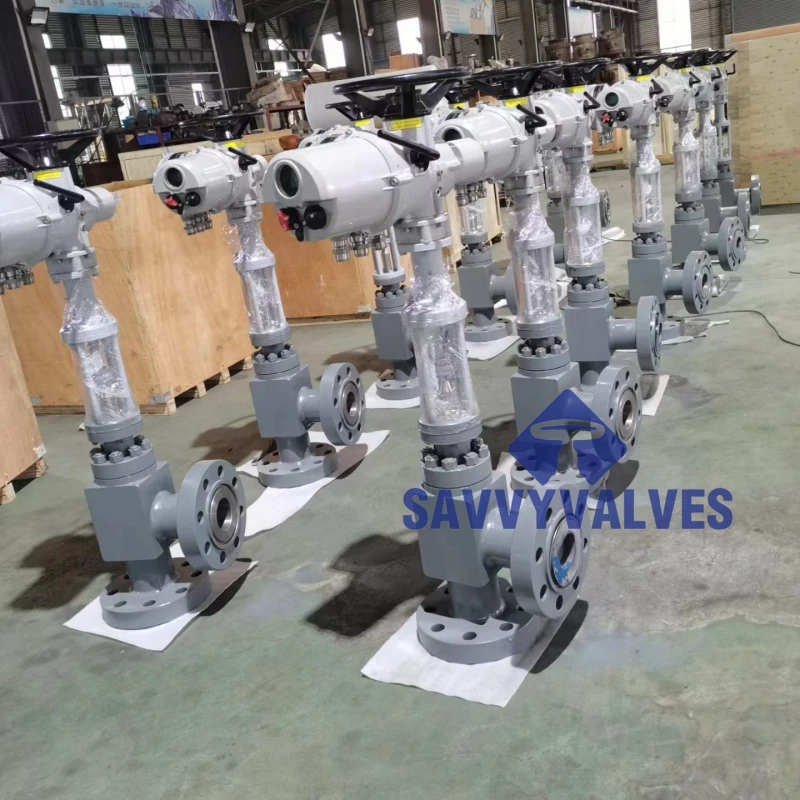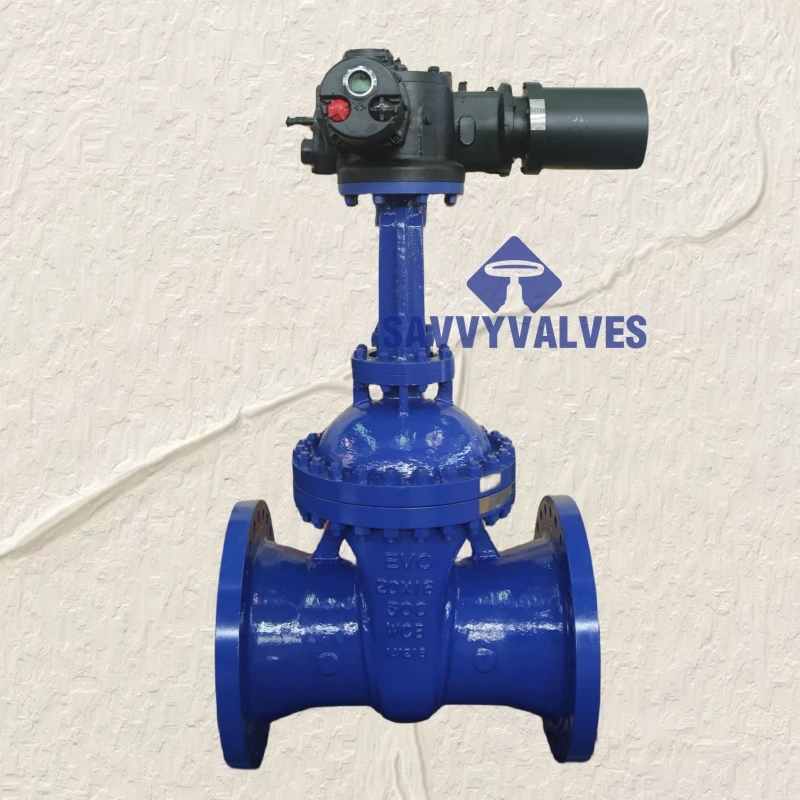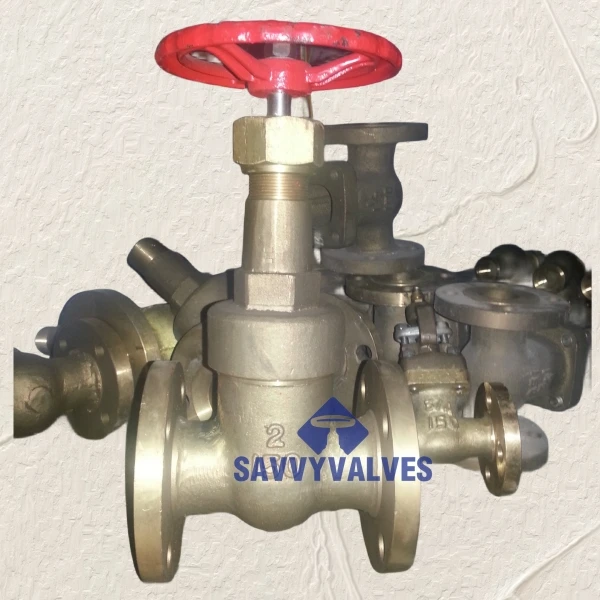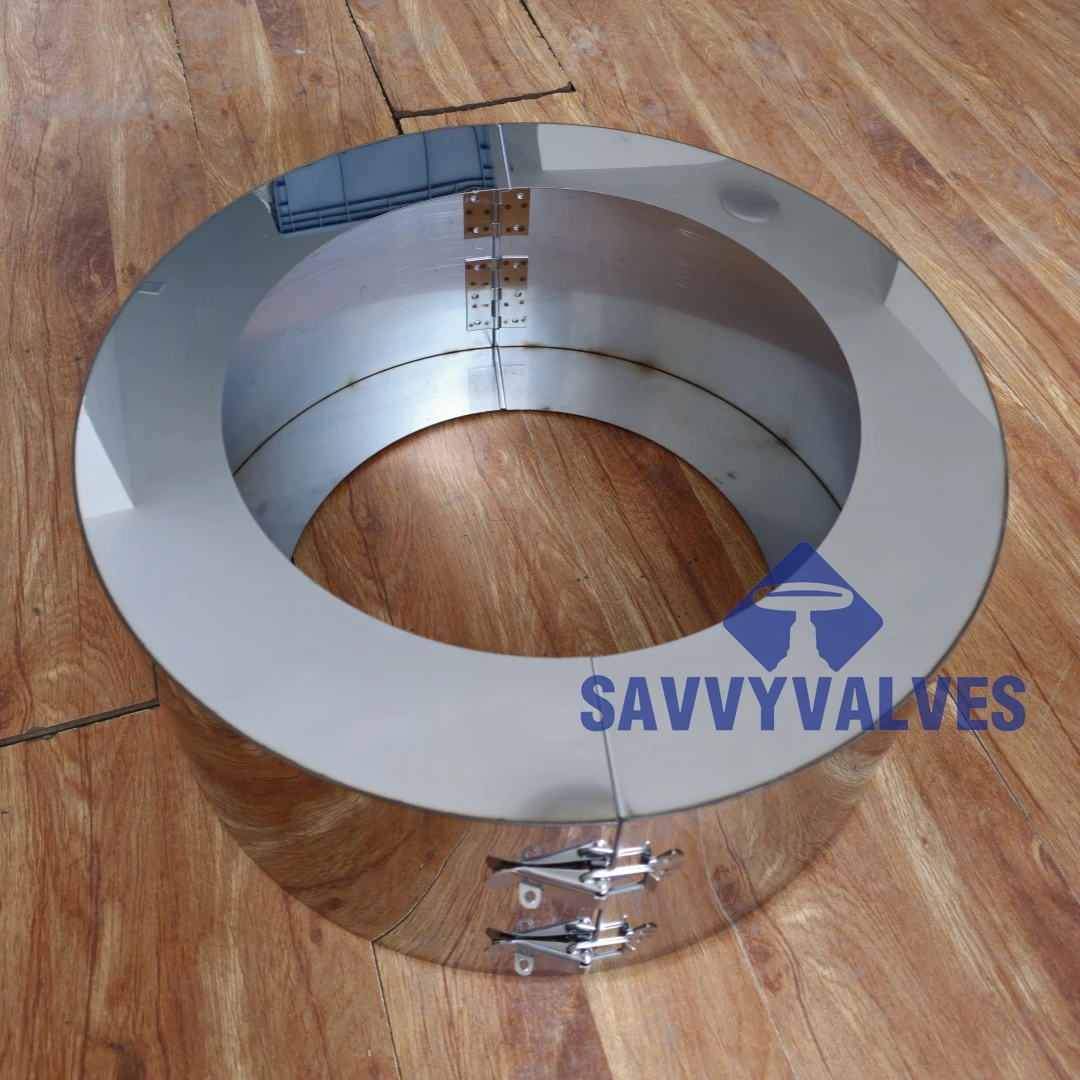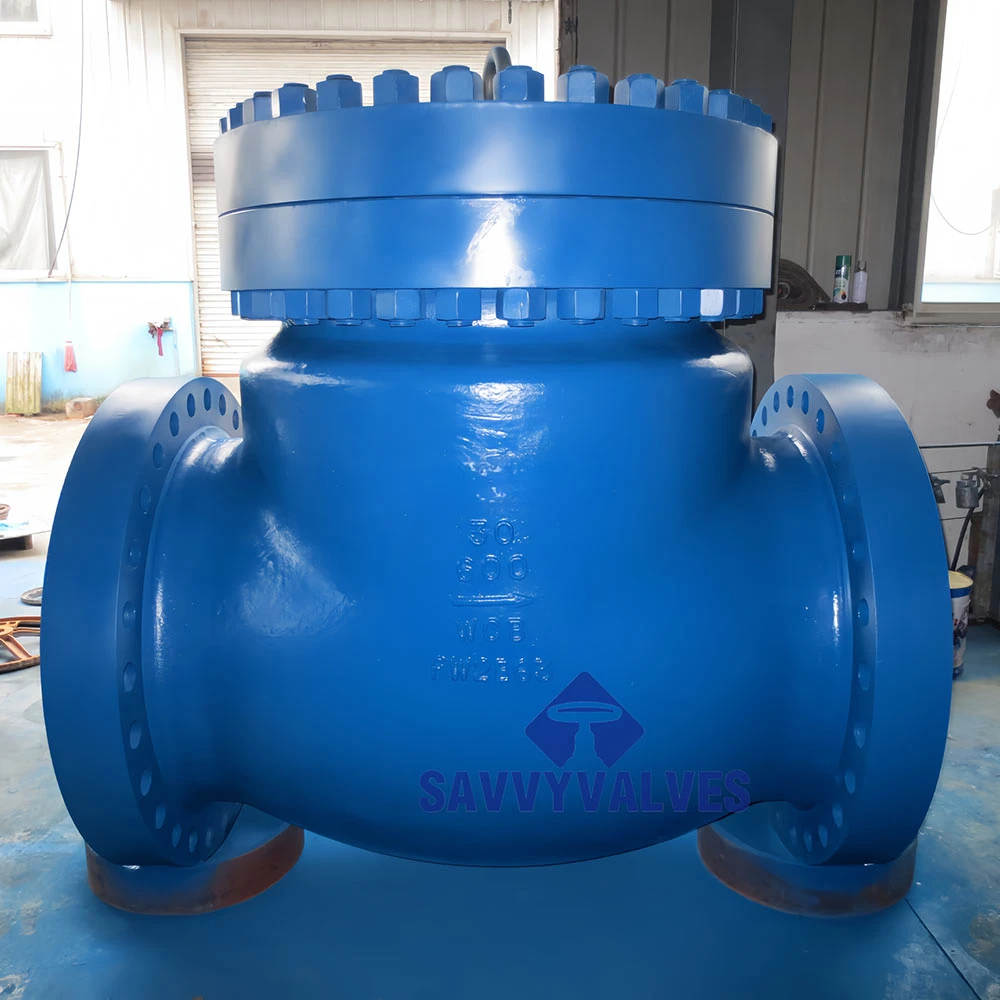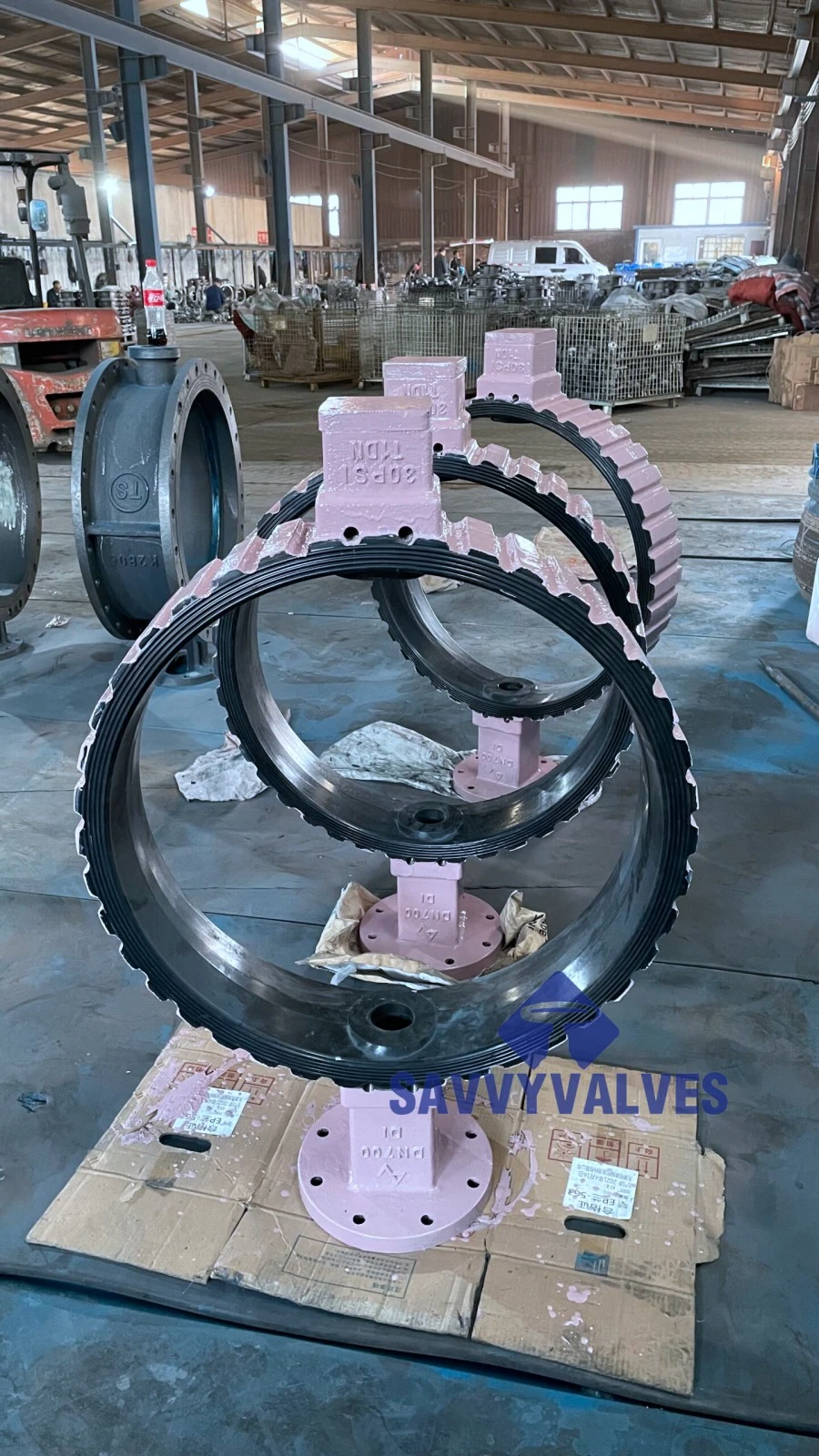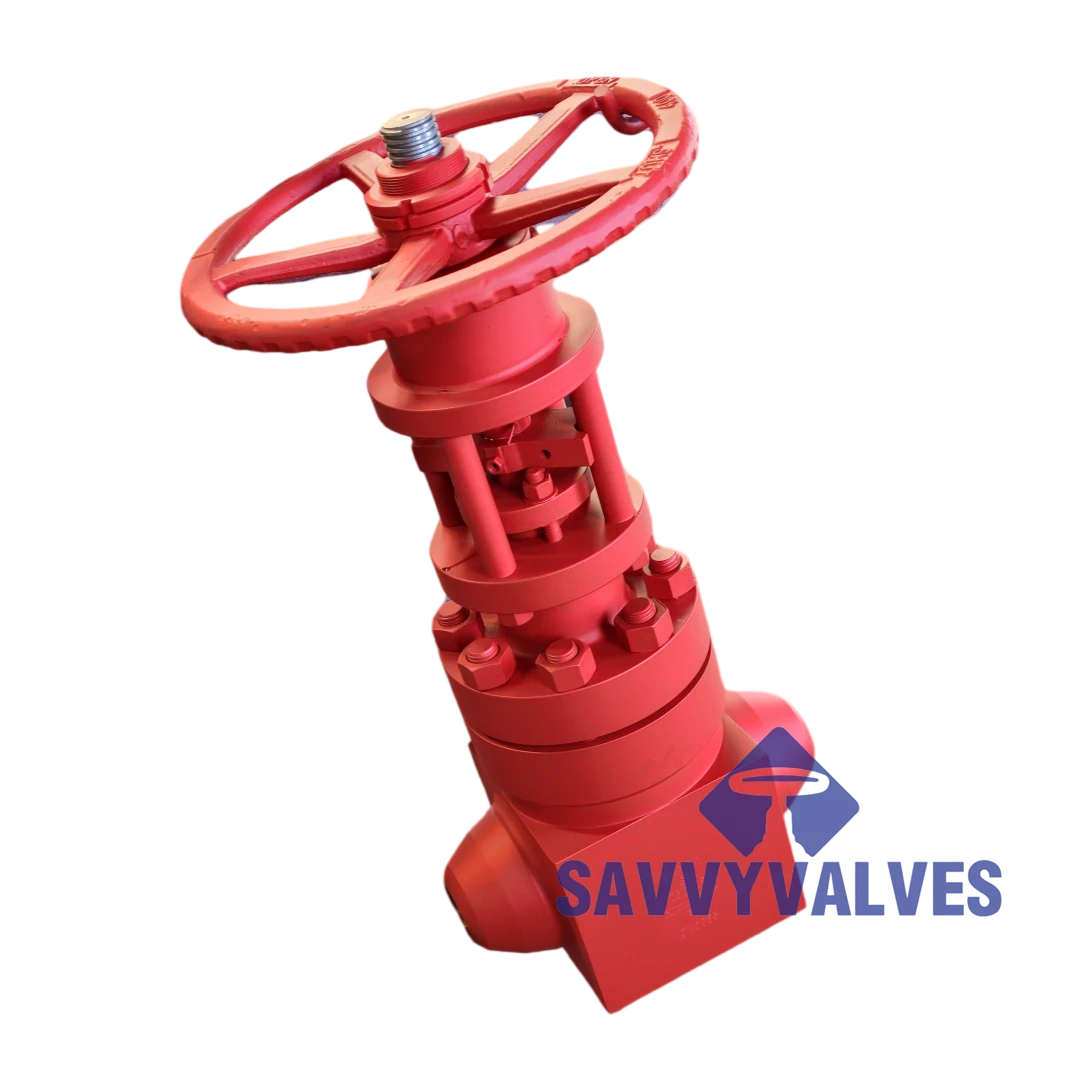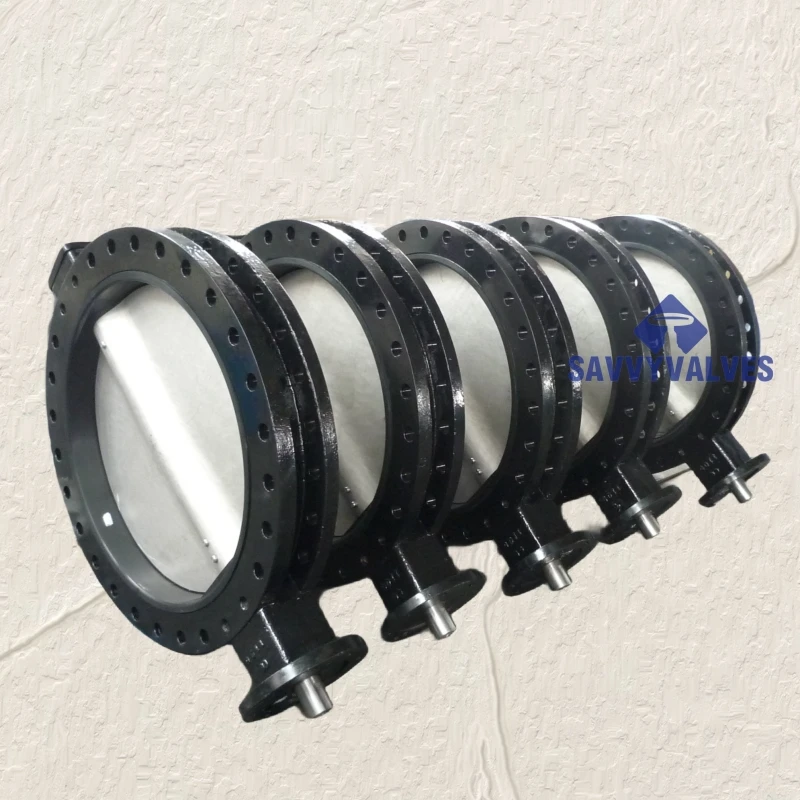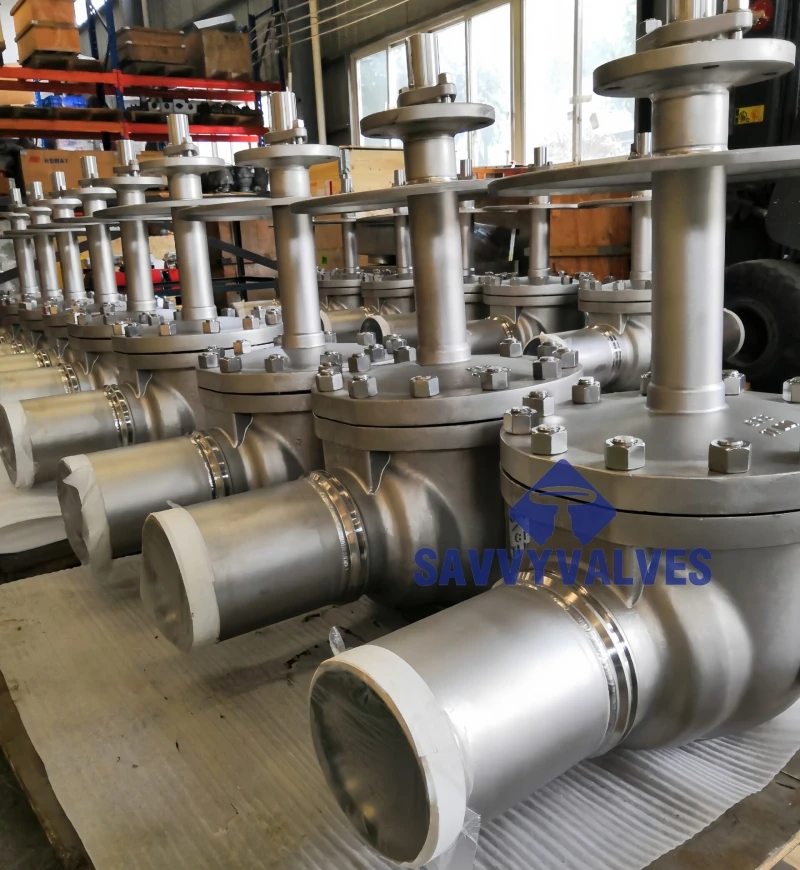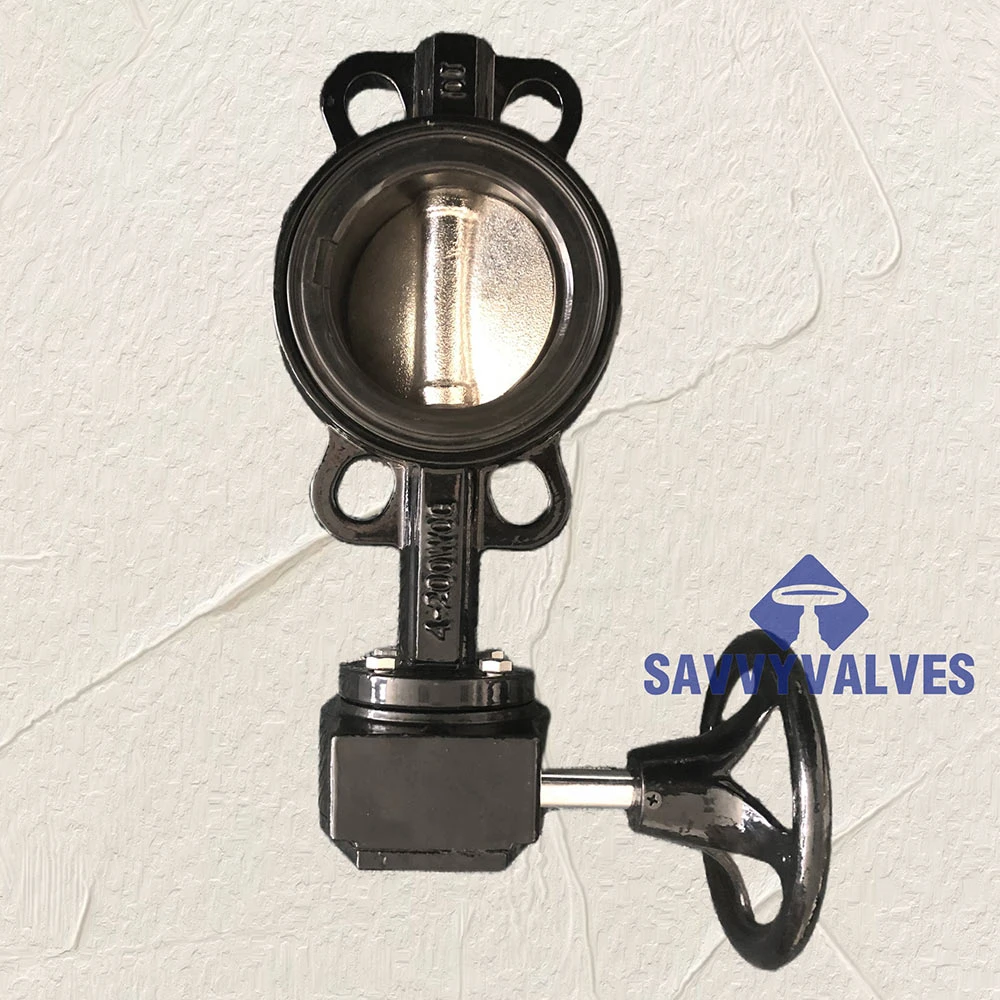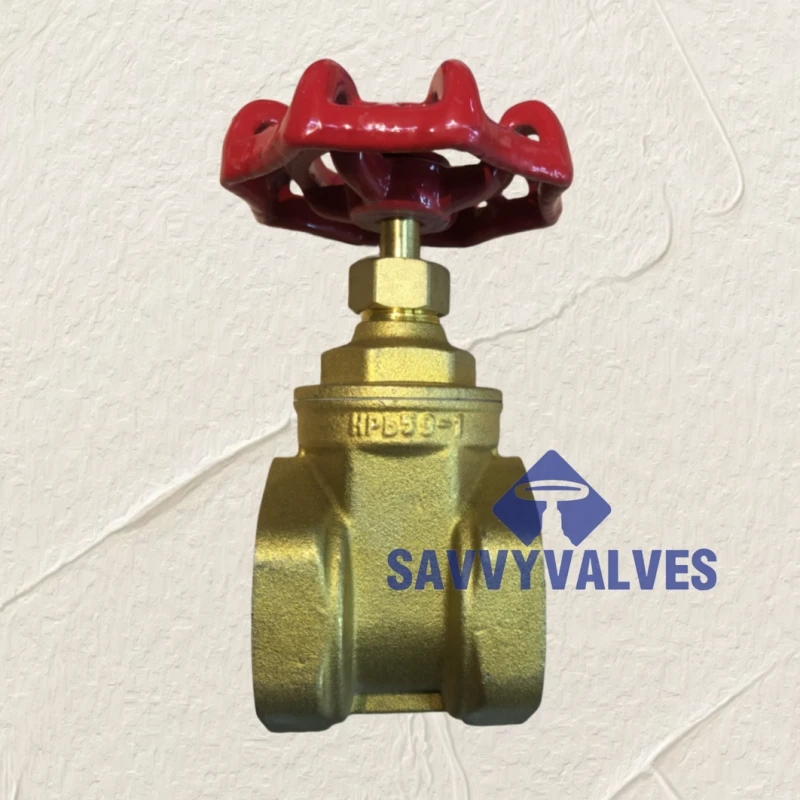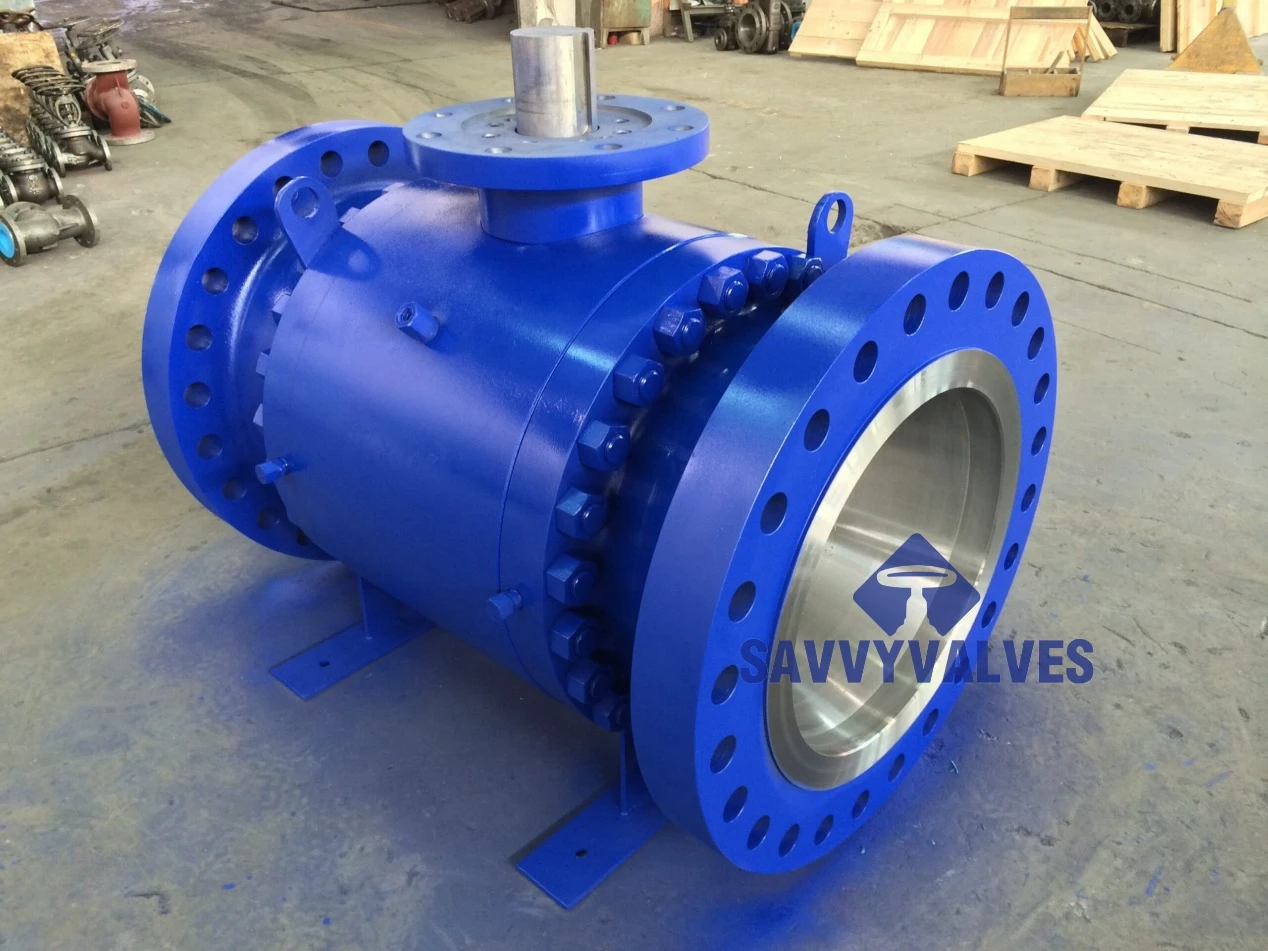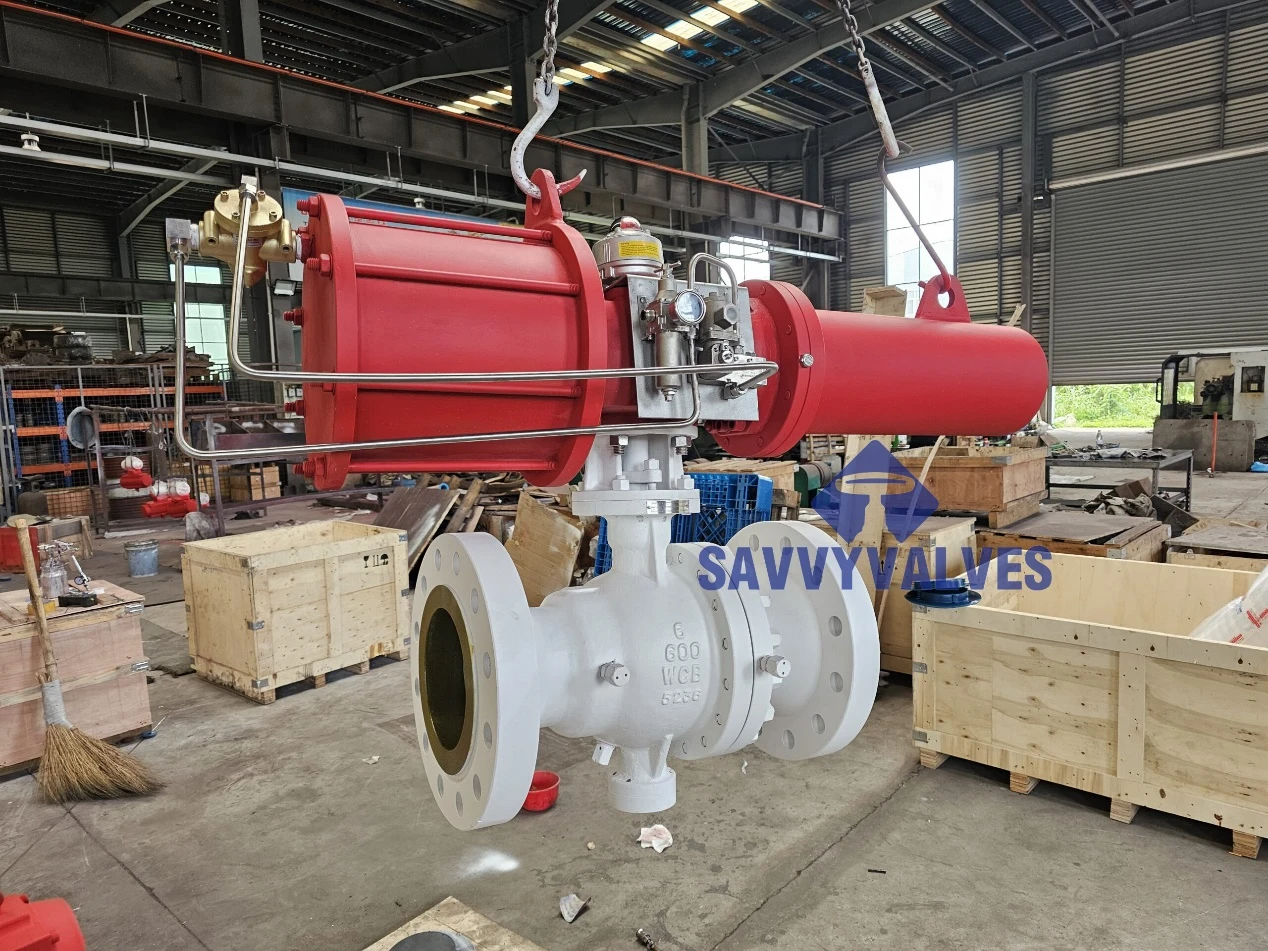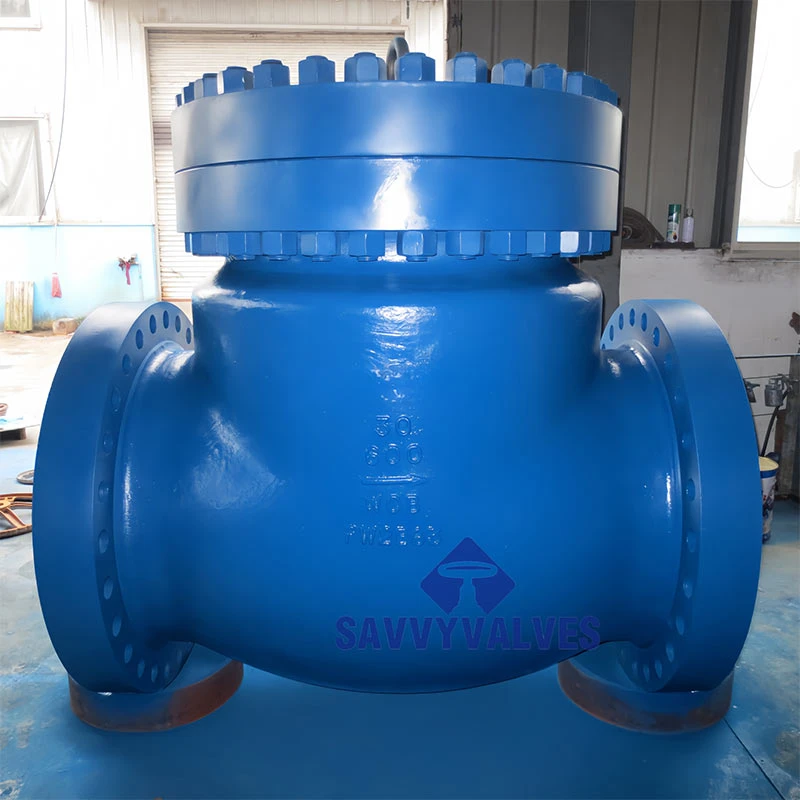- Understanding the Importance of Cost Evaluation: The Role of Thermal Expansion Valves
- Fundamental Factors Influencing Expansion Valve Pricing
- Technological Advantages and Industry Data Insights
- Comparative Analysis: Top Expansion Valve and Pressure Reducing Valve Manufacturers
- Tailored Solutions: Customization and Procurement Strategies
- Applications & Real-World Case Studies
- Conclusion: Managing Cost of Thermal Expansion Valve for Optimal Value

(cost of thermal expansion valve)
Understanding the Cost of Thermal Expansion Valve: A Strategic Evaluation
When evaluating heating, ventilation, and air conditioning (HVAC) systems, the cost of thermal expansion valve
emerges as a core consideration. These components control refrigerant flow and maintain system efficiency, directly impacting long-term system performance and operational expenses. According to recent market research, the global expansion valve market was valued at approximately USD 760 million in 2023, with a projected CAGR of 5.1% through 2028. Such investment-critical parts require a thorough understanding of cost structure and total cost of ownership, as expansion valves can represent 6-12% of total system component cost.
This outline will guide professionals and procurement managers through the essential facets that determine thermal expansion valve cost, ranging from specifications and technological advantages to vendor differentiation, customization opportunities, and practical case analysis.
Key Factors Influencing Expansion Valve Pricing
Several elements shape the final price of a thermal expansion valve. The main determinants include valve material, size (measured in tons or BTU capacity), type (internally or externally equalized), refrigeration compatibility (HFCs, HFOs, ammonia), and control characteristics (static, electronic, modulating).
Additional attributes include pressure rating, reliability projections, and compatibility with system electronics. For example, a standard brass valve for a 5-ton HVAC unit typically costs between $65-$140 USD per piece, while high-pressure, stainless-steel electronic expansion valves for process cooling applications may cost $350-$800 USD.
Furthermore, market factors such as tariff imposition, supply-demand equilibrium, and regulatory compliance (UL, CE, RoHS) can further influence pricing. Bulk purchases commonly benefit from price reductions up to 18% versus single-unit procurement. It's also important to assess installation and maintenance requirements, as a more sophisticated valve with field serviceability can yield indirect cost savings over time.
Technological Advantages and Data-Driven Trends
Modern thermal expansion valves integrate advanced features that drive both performance and total lifetime value. Electronic Expansion Valves (EEVs) enable precise control of superheat, cutting energy consumption by up to 18% compared to fixed or modulating mechanical valves. Adaptive algorithms and smart sensors allow automated self-tuning, reducing commissioning labor by up to 30%.
A 2023 study found facilities that retrofitted with EEVs achieved 8-12% lower annual service calls and an average payback period of 2.8 years. Pressure reducing valves, vital for system protection, have also benefited from materials innovation, with composite seats and corrosion-resistant alloys extending service life by up to 55% compared to previous models.
The following table summarizes cost and technical features for commonly used valves in commercial HVAC and process industries:
| Valve Type | Material | Capacity (Tons) | Control Type | Average Cost (USD) | Typical Warranty | Avg. Service Life (Years) |
|---|---|---|---|---|---|---|
| Mechanical TXV | Brass | 0.5-10 | Modulating | $75 - $190 | 18 months | 8-10 |
| Electronic EEV | Stainless Steel | 0.5-40 | Step Motor (Digital) | $275 - $950 | 24-36 months | 12-15 |
| Pressure Reducing Valve | Ductile Iron / Brass | NA | Spring Loaded | $38 - $220 | 12-24 months | 7-9 |
Manufacturer Comparison: Standards and Value Propositions
Leading global manufacturers differentiate themselves by balancing innovation, quality, and price. Top recognized brands include Danfoss, Emerson (Alco), Sporlan, Sanhua, and Castel. Each vendor typically offers both standard and bespoke options but diverges on regional support, digital integration, and cost structure.
For example, Danfoss electronic valves often integrate with building automation protocols, streamlining BMS deployment for large commercial clients. Emerson emphasizes rugged mechanical TXVs for legacy system compatibility. Sporlan delivers broad refrigerant compatibility while Sanhua is recognized for competitive pricing at higher order volumes.
When selecting a manufacturer, key evaluation criteria include on-time delivery rate (typically 92-97%), claim handling speed (less than 10 business days for reputable vendors), and technical support responsiveness.
Comparing pressure reducing valve cost, leading brands such as Watts and Honeywell offer advanced pressure stability, meeting ISO and ANSI standards, but prices can exceed less-featured competitors by approximately 28%. Still, the longevity and reliability often justify the premium in high-value applications.
Customization Approaches and Smart Procurement
Many modern projects require tailored thermal expansion valves to optimize hydraulic performance, comply with local regulations, or interface with custom automation systems. OEMs increasingly offer configurable assemblies—varied port sizes, sensor types, actuation methods, and feedback capabilities.
A smart procurement process starts with mapping operational requirements and desired control features. Collaborative engineering with select manufacturers can lead to bespoke units, but such customization may increase unit cost by 15-35% and extend delivery lead times.
Nonetheless, strategic partnerships often produce lifetime cost reductions via improved energy performance, extended preventative maintenance intervals, and reduced unplanned downtime. According to a 2023 procurement survey, 67% of project managers achieved better cost control by integrating supplier consultation early in the specification process.
Buyers are also leveraging group purchasing organizations and digital RFQ platforms to secure volume discounts, cut administrative overhead, and contract for multi-year warranty extensions, thereby further controlling expansion valve cost across complex facility portfolios.
Applied Case Studies: Sector-Specific Value Realizations
Data Center Cooling Retrofit: A US-based hyperscale data center retrofitted older mechanical TXVs with advanced electronic expansion valves, realizing a calculated energy saving of 16% annually—equating to $142,000 return within the first year. Initial investment per valve was approximately $800, including installation and IoT-enabled monitoring.
Pharmaceutical Manufacturing: Strict process cooling reliability required a custom stainless steel TXV with enhanced corrosion resistance. While unit cost exceeded $1,200 due to nonstandard materials and precision actuation, downtime was reduced by 73% over three years, yielding over $380,000 in lost product prevention.
Hospital Chilled Water Retrofitting: A European hospital installed advanced pressure reducing valves featuring modulating pilots and remote adjustability, resulting in improved control accuracy and a threefold extension of maintenance intervals. Overall system downtime fell by 46%, and valve cost was amortized in less than 24 months.
These real-world examples reinforce the need for context-driven selection—prioritizing not just initial cost, but also lifecycle benefits and application specificity.
Optimizing the Cost of Thermal Expansion Valve for Sustainable Performance
High-performing HVAC and refrigeration systems depend on smart expansion valve selection—not only from a technical standpoint but with a sharp focus on total cost management. The cost of thermal expansion valve, while often a minor fraction of system capital expenditure, significantly influences operational efficiency, regulatory compliance, and asset longevity.
To extract maximum value, procurement teams must weigh technological advantage, reputable manufacturer support, customization needs, and field-proven case results. By leveraging competitive sourcing, collaborative engineering, and digital supply chain tools, organizations can minimize spending while enhancing system resilience.
Ultimately, taking a data-informed, strategic approach to valve acquisition ensures performance stays aligned with both budgetary and operational objectives—delivering sustainable results over the complete lifecycle.
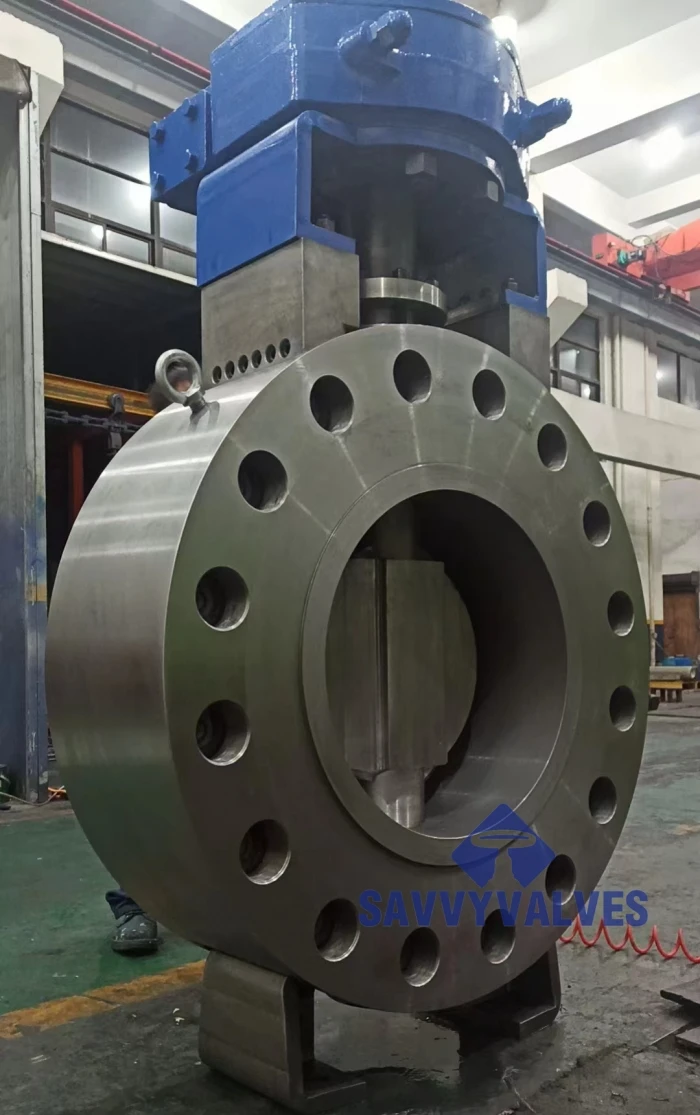
(cost of thermal expansion valve)
FAQS on cost of thermal expansion valve
Q: What is the average cost of a thermal expansion valve?
A: The cost of a thermal expansion valve typically ranges from $30 to $150, depending on the brand and capacity. Commercial-grade valves may be priced higher.
Q: What factors influence the thermal expansion valve cost?
A: Valve size, pressure rating, brand, and material all affect the thermal expansion valve cost. Specialized valves for industrial use may cost more.
Q: Is the cost of thermal expansion valve installation included in the price?
A: Usually, the listed price is for the valve only. Installation fees are separate and may vary by contractor.
Q: How does the cost of a pressure reducing valve compare to a thermal expansion valve?
A: Pressure reducing valves generally cost between $40 and $200, which can be similar to or slightly more than many thermal expansion valves. Pricing depends on system requirements.
Q: Where can I buy thermal expansion valves and check their cost?
A: You can purchase thermal expansion valves at HVAC supply stores or online marketplaces like Amazon and Grainger. Prices and availability are listed on their websites.

